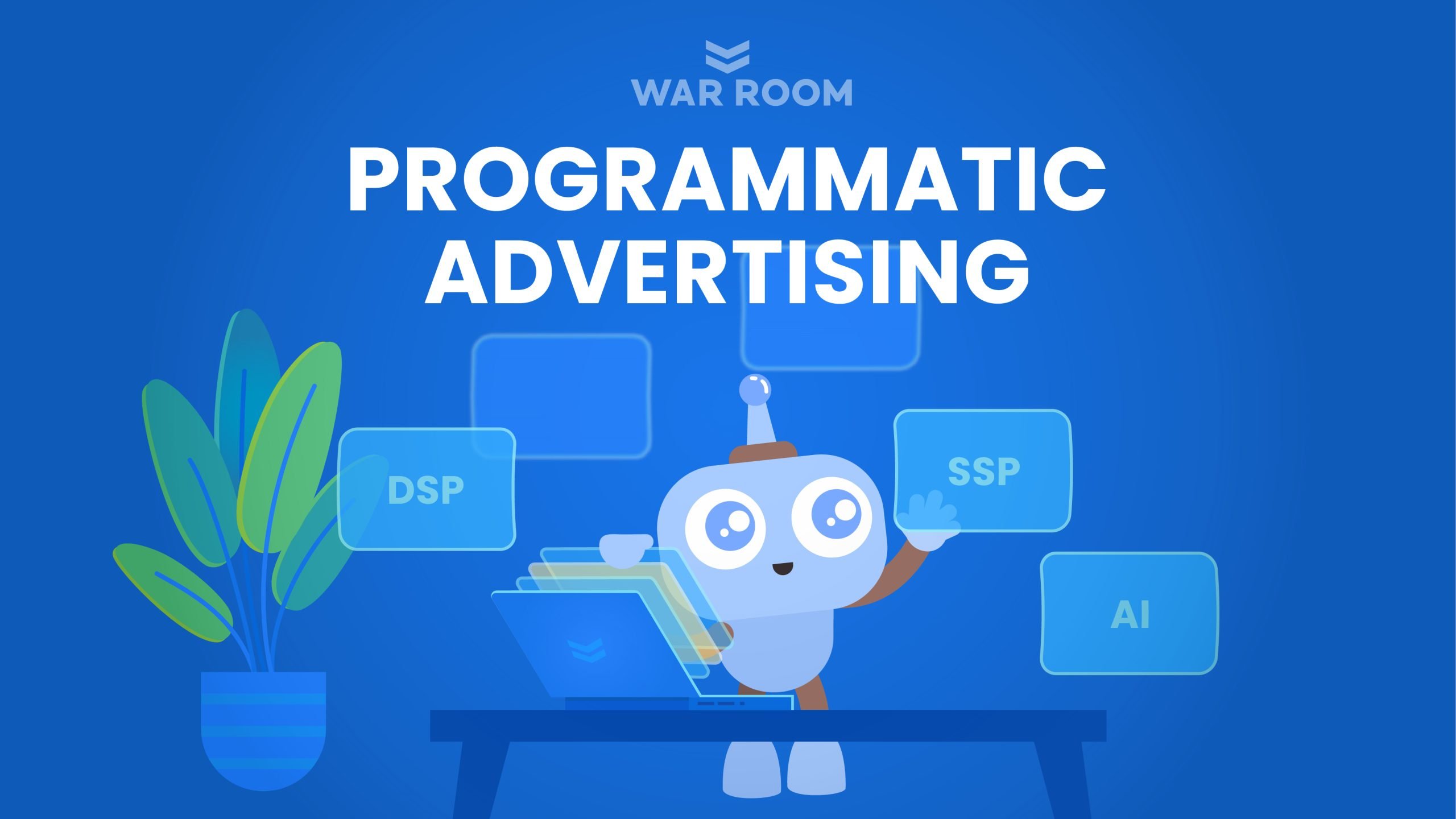The art of marketing has always entailed putting a brand story together to engage with the customer. It is a continuous process where you keep on adding new details to a story that never seems to end.
This is thinking of marketing from a position of compounding value instead of deeming it a box on a list that needs to be checked and forgotten about.
The end goal is not only to boost your revenue but also to create a lasting (good) impression in the minds of your audience and consumers!
How a Brand Story Should Work
For this to have a successful outcome it needs to be heard by the right person and it should prompt the listener to act. A brand story is told to the world and the chain reaction goes as follows:
-
Presence of a unique problem: A potential consumer with a unique problem gets to interact with the message. If the message is well put together there will be a listener who has a problem that it will reach.
-
Relate to message: The consumer gets the message, decodes it, and sees how it relates to the situation that they are in. Building a story that has the power to be relatable makes it easier to connect with the audience.
-
Trigger emotions: Once the story has connected with the individual emotions will be triggered. The range of emotions will vary depending on the messaging.
-
Move to action: There is a compulsion to act on the emotion that has light in the individual. This is where the potential consumer becomes a customer. The individual then buys your product.
-
Share with others: Once there is a sense of satisfaction the customer shares your brand story with people around and the cycle repeats itself.
From the breakdown, it is easy to notice that when a brand has mastered storytelling, the story will reach its intended audience one way or the other. But first, the story needs to be crafted and fit a criteria.
Characteristics of a Good Brand Story
How do brands ensure that they tell stories that are unique and authentic? Let’s look at some of the characteristics that make each brand story distinct.
Customer-centric
Creating a story aims to reach the masses and eventually get customers. The customers are the driving force of any brand’s operation. Understanding what the customer needs and wants will make it easy for the story to be tailored around them.
Think about the customer journey, it’s almost like a story itself! How can your brand appeal to different parts of that storyline?
Authenticity
The story needs to be unique and original. No two brands can share a story and as such, an original story will help you stand out.
You can compare it to having your brand theme colors; if your colors are similar to another brand you can easily be overlooked or mistaken for the latter.
Check out our blog, “The Future of Branding: Emerging Trends & Innovations” for more tips on building a successful brand presence!
Simplicity
Simplicity is the ultimate sophistication. Your story needs to be clear and straightforward as if you are telling it to a child. Add all the necessary details to make it as vivid as possible for the audience to take it in, appreciate, and relate to it.
A Story-Like Structure
A brand story should not be something alien. It needs to follow the guidelines of any normal story. Just like how a good book captivates you and reels you into its pages, a brand story should follow the same credo. If a story is told well then the audience will want to share it with others.
Consistency
Your story will be shared through different channels and with many people but it needs to stay the same. And because a brand story will go on for years to come it needs to stay true to the initial story that started way back then. This will build trust.
Matches Your Brand Personality
Your brand story should stay true to the brand image that you have been building over the years. Do not allow the two to contradict each other instead make sure they complement each other to create a homogenous look for the audience
If your story has the above characteristics it becomes shareable, captivating, and intriguing. And by employing the right strategy, your brand gets to:
- Connect with the audience and attract new customers
- Build trust with customers and boost customer retention
- Drive sales
- Differentiate itself from competitors
- Optimize on resources
The 7 Steps to Writing a Brand Story
You have an idea of the benefits of a great brand story. By following the steps below you will get to work on your brand story that will captivate.
1. Target Your Audience
Before engaging in any marketing campaigns and promotions, businesses need to decide who they would like to aim their products at; this also includes the brand story.
This involves analyzing, splitting, and segmenting the market into different sectors. The most effective way to segment the market will depend on the product and the overall business objective.
Holger Sindbaek, the owner of World of Card Games, said, “Identifying and finalizing our target audience was the cornerstone of developing an impactful brand story. Faced with a competitive landscape, we honed in on gamers who seek entertainment and value personal achievement and strategy. By integrating these insights into our storytelling, we crafted narratives that mirrored their aspirations and addressed their unique challenges. This approach elevated our story’s relevance and significantly boosted engagement, turning casual interactions into lasting brand loyalty. The outcome was a resonated narrative, distinguishing our message in a saturated market.“
2. Focus on Your Audience
Once you have decided on the group that you want to target it is time to understand what makes the group tick. You need to develop a detailed list of attributes of the group in question. This will help you create a message that captivates and captures their emotions prompting them into action.
3. Follow a Storytelling Framework
It is a story that you want to tell, you need to have guidelines that you are following that will help in execution. At this stage let your mind run wild. Brainstorming is the key component in this step.
Using a story idea generator can be a great way to spark your imagination and get started on brainstorming ideas. There are many different generators available online, and they can provide you with a variety of prompts and ideas to get you going.
Put all potential ideas on the table that will help breathe life into the story. The framework guides you into coming up with an introduction, creating a conflict in the middle, and coming up with a resolution at the end.
4. Write
After brainstorming and identifying the key points that you want to convey in the story, it is time to write. You might write several stories at this point. As you review them, evaluate and ask yourself, if they are captivating enough!
5. Review
Once you have picked the best and it is devoid of any errors, share it with someone else, could be a colleague or friend. A paid of fresh eyes that will help to review it to see if it hits the right spot and perhaps even offer a new perspective. You can use a group review that represents the targeted audience.
6. Fine Tune
This is an optional step and it all depends on the previous step. If during the review process, the brand story falls short of the overall objective, then it is back to the drawing board.
7. Share Strategically
Finally, the brand story has to reach the audience. There are many channels that you can use to make sure it gets to them. If you have a web page, it’s easier for you to include it as part of the content being displayed.
Social media is also another way you can get your story out there. By using social media ad campaigns you are sure that your story will get to both your followers and potential customers.
Leveraging Brand Storytelling
The bottom line is that consumers have evolved to dislike any form of push advertising. If they come across a well-articulated story by any brand, they tend to picture themselves in that story. They can discern the challenges that are related to their lives, fears, and emotions.
The idea of overcoming adversity is going to be attractive, and that is the goal of storytelling. Resonating with the audience and understanding the journey that they’re on is key to success.
By taking a story of either a fictional or nonfictional character going through adversity and succeeding, and weaving your brand with that journey to success, you’re going to be able to capture the audience’s attention. They might pair your brand to the idea of achieving success. That is how you leverage storytelling!





